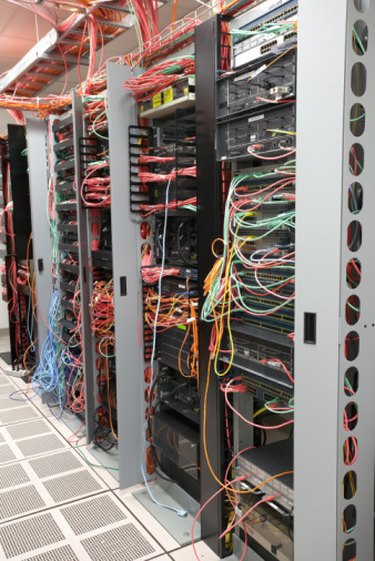
The first computer, built in 1946 with vacuum tubes, was called ENIAC, or Electronic Numerical Integrator and Computer. By today's standards, this computer was huge. It used 18,000 vacuum tubes, took up 15,000 square feet of floor space and weighed in at a hefty 30 tons. In 1949, the same scientists that created ENIAC built a new machine, called EDSAC, or Electronic Delay Storage Automatic Calculator, which added the capability of storing programs on the machine. UNIVAC, or Universal Automatic Computer, was next in 1951; it was also created by scientists John Presper Eckert and John Mauchly. UNIVAC is most commonly recognized as the first modern computer. This machine also marked the end of the first generation of computers.
Year Built
Video of the Day
Most computer historians consider the first generation of computers to include machines that were built between 1946 and 1959. Some computer historians argue that the first generation actually started in 1949. Others define the beginning of the first generation of computers as starting with the first computer that was offered for sale, or commercially available. This would change the date from 1949 to 1951.
Video of the Day
Electronics
The use of vacuum tubes is a key characteristic of the electronics used in building these first-generation computers. Later generations of computers used transistors and diodes, and more recently, high-speed chips. Computers constructed with the use of vacuum tubes are considered to be first-generation computers.
Custom-Made, One-of-a-Kind
All first-generation computers were custom-made. No Henry Ford-style production line existed to crank out 1,000 desktops a day in the mid-20th century. Each computer was hand designed, individually engineered and hand fabricated. Thus, being custom-made and one-of-a-kind is a characteristic of first-generation computers. In 1954, IBM introduced the IBM 650 and sold more than 1,000 of these mass-produced machines.
Cost
First-generation computers cost about $1 million each to build. The UNIVAC 1, built in 1951, cost an estimated $930,000. In 1953, the UNIVAC 1103 cost an estimated $895,000. First-generation computers were not cheap.